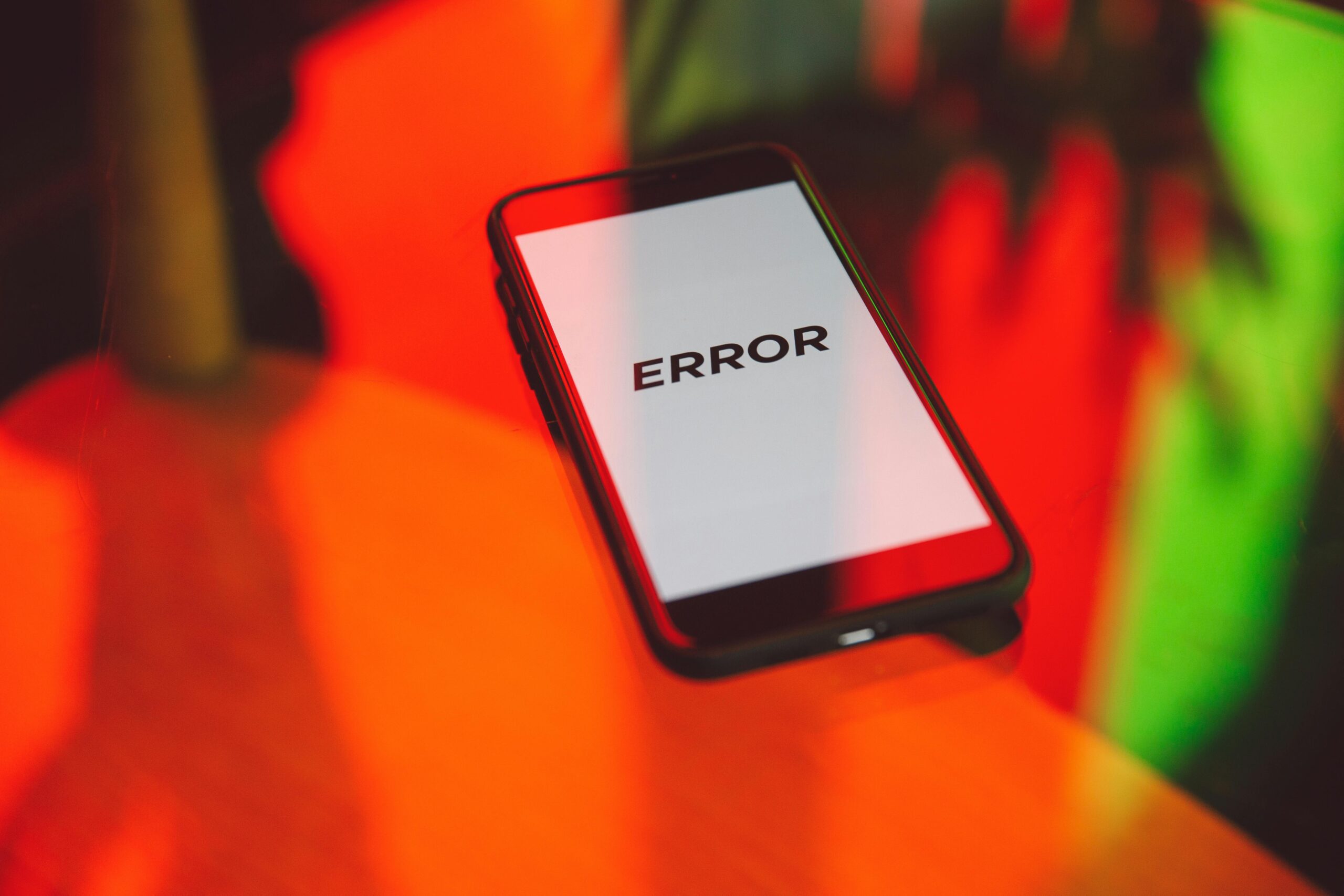The term red phone signal is often seen on mobile devices and it can create confusion for many users. When a red phone signal appears it usually indicates that the device is not receiving proper network connectivity. This may indicate that the signal strength is weak or that the phone is unable to connect to the nearest cell tower. In some cases the red phone signal is used as a visual warning to alert the user about an interruption in service.
A red phone signal can be frustrating because it affects the ability to make calls send text messages or use mobile data. People rely on their devices for communication business and daily life. When the signal shows red it can stop important activities. Understanding why it appears is essential for troubleshooting and solving the issue.

Causes Of Red Phone Signal
There are several reasons why it might appear on your device. One of the most common causes is poor coverage in your location. If you are in a basement a rural area or inside a building with thick walls the phone may not be able to pick up the required signals. As a result the device shows it instead of strong network bars.
Another reason for this can be issues with the mobile service provider. Network outages maintenance or technical faults from the provider can result in temporary signal loss. Sometimes the problem can also be linked to the phone hardware or a damaged SIM card. Knowing these causes helps in narrowing down the exact problem.
How To Fix Red Phone Signal
When you see this the first step is to check your surroundings. If you are in a location with poor coverage try moving to an open area where signals are stronger. Sometimes going outside a building or moving closer to a window can instantly improve the signal strength.
If changing your location does not solve the issue then restarting the device is another effective step. Restarting helps the phone reconnect to the nearest cell tower. In addition checking whether airplane mode is turned on and then switching it off can also solve the problem.
Red Phone Signal And Mobile Settings
The mobile settings of your device can play a big role in showing or fixing it. For instance incorrect network mode settings can cause issues. If the phone is set to a network type that is not supported in your area the device may fail to connect. By going into the network settings you can select automatic mode so the phone chooses the right type of connection.
Another important setting is the mobile network operator. If the phone is not set to the correct carrier the signal might fail. Manually selecting your carrier in the settings menu can help restore the network. Updating the phone software is also important as older versions may contain bugs that affect network performance.
Impact Of Red Phone Signal On Daily Life
It has a direct effect on how people manage their daily activities. Communication is a major part of life and a weak or lost signal creates unnecessary stress. Simple tasks like calling a family member sending an urgent message or browsing the internet become difficult. This can be especially troubling during emergencies when every second counts.
The frustration caused by it is not limited to personal life. Businesses also rely heavily on mobile connectivity. A salesperson or delivery worker who cannot access proper signal might lose valuable time and opportunities. For professionals the signal issue can affect meetings emails and online transactions.
Role Of Service Providers In Red Phone Signal
Service providers are responsible for maintaining strong and stable network signals. When it appears too often the issue could be with the provider. Network upgrades and tower placements are crucial factors that affect signal quality. Providers invest in improving infrastructure but in some areas coverage may still remain weak.
It is the responsibility of service providers to address customer complaints regarding it. Many companies have customer support teams that guide users through troubleshooting. Providers also monitor outages and inform users about ongoing maintenance. Reliable service can reduce the frequency of it issues.
Red Phone Signal In Remote Areas
Remote areas often face more problems with it compared to cities. This is because network towers are usually far apart and coverage is not as strong. People living in rural communities may experience frequent signal drops which makes communication harder. The lack of strong connectivity also affects internet browsing and social media use.
For those who travel or work in remote areas it becomes a constant challenge. In such cases signal boosters and external antennas can provide some relief. These devices capture weak signals and amplify them so the phone can maintain a connection. Although not a perfect solution it helps people stay connected where coverage is limited.
Solutions To Prevent Red Phone Signal
Preventing it often requires a combination of steps. Keeping your phone updated ensures that it has the latest improvements for network handling. Regularly checking the SIM card for damage or dirt can also prevent signal issues. A clean and properly inserted SIM card helps the phone connect to the network smoothly.
Using WiFi calling is another solution when mobile signals are weak. This feature allows the phone to make calls and send texts through an internet connection instead of relying only on mobile towers. Many modern devices support WiFi calling which can be a lifesaver when it appears.
Future Of Mobile Networks And Red Phone Signal
With the rise of advanced technology the problem of it may decrease in the future. Providers are investing in 5G networks which promise stronger and more stable connectivity. These networks are designed to reduce signal drops and provide better coverage even in crowded areas.
However complete elimination of it may take time. Remote areas and places with difficult geography will still face challenges. Continuous upgrades and innovation will be needed to ensure everyone has reliable access to communication without signal issues.
Conclusion
It is more than just a small icon on your device. It represents the ability or inability to stay connected in a digital world. While it can be caused by poor coverage network outages or device issues there are several solutions that can help. From simple steps like changing location to advanced fixes like WiFi calling each method helps reduce the impact.
Understanding the reasons behind it allows people to act quickly and effectively. As technology advances there is hope that this issue will become less frequent. Until then awareness and troubleshooting are the best ways to stay connected without frustration.
